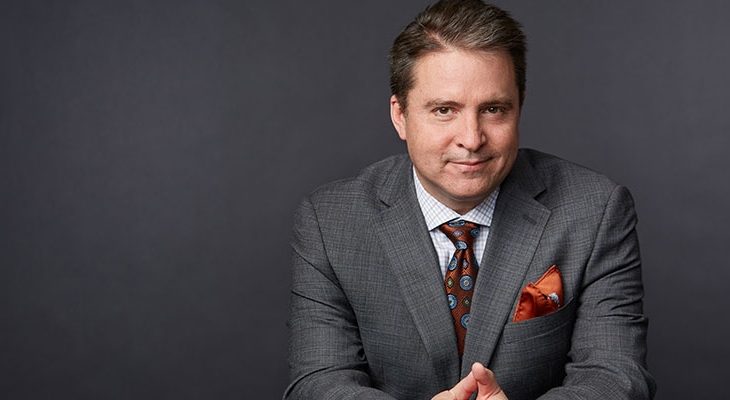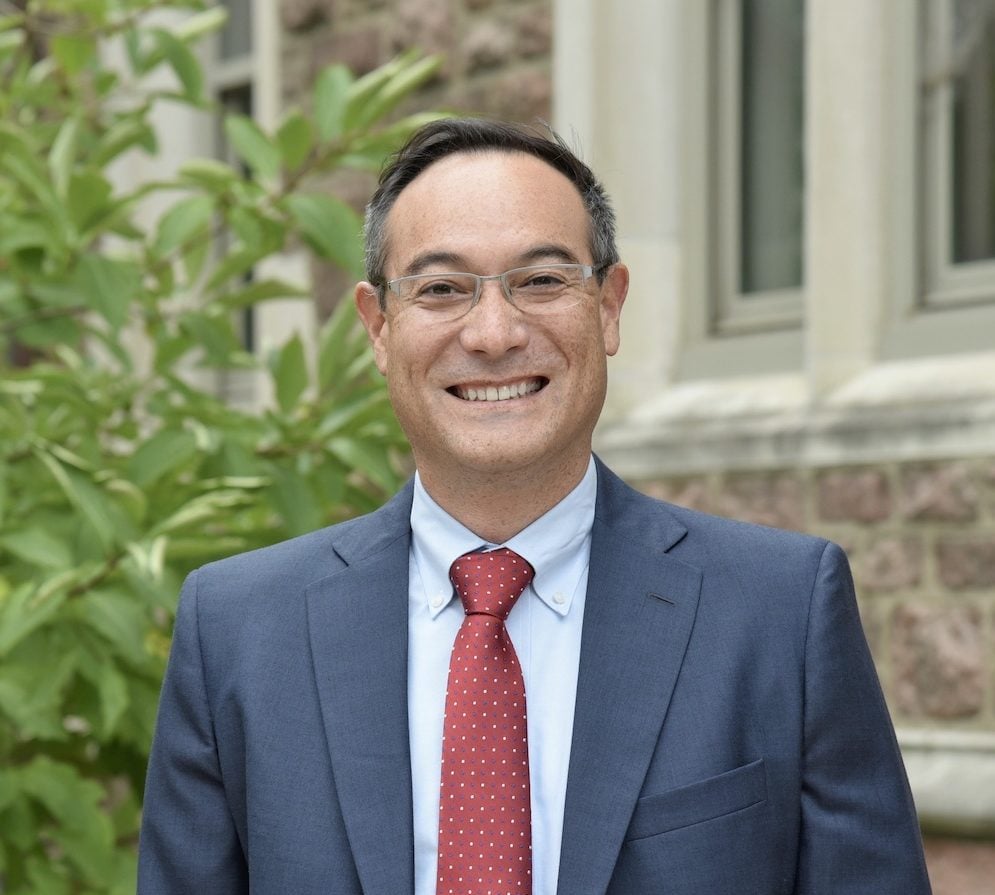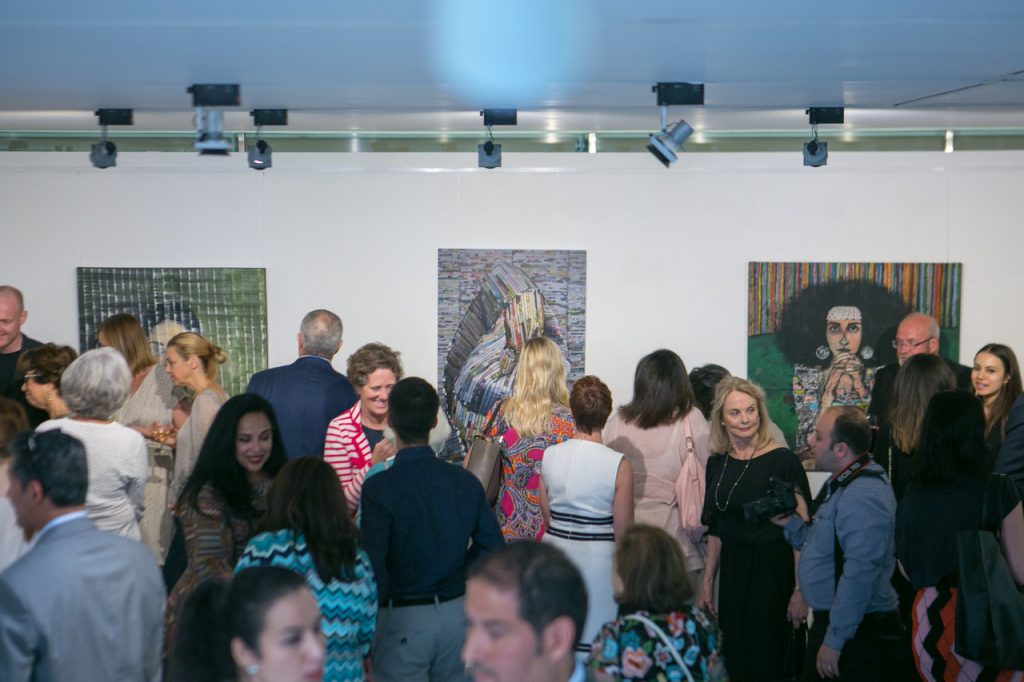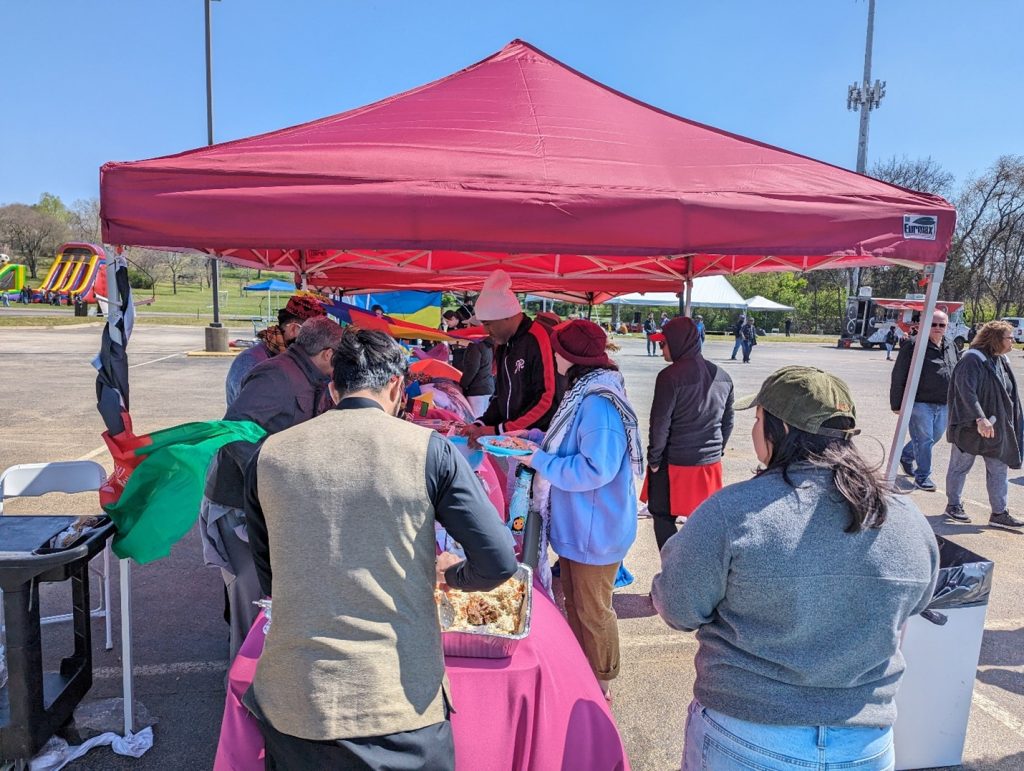Altar Call for Sin of Christian White Supremacy
August 17, 2020

Robby Jones’s life has been a spiritual journey. Religion scholar and founder and CEO of Public Religion Research Institute (PRRI), Jones is also an author whose books are tuned in to the pulse of the nation. In 2016 he published “The End of White Christian America’ which gave a rubric to understand the election of Donald Trump with the support of white Evangelical, Mainline, and Catholic Christians. Amid the 2020 election, and Black Lives Matter protests, Jones has published another extraordinarily well-timed book: White Too Long: The Legacy of White Supremacy in American Christianity. Filled with rigorous historical, religious, and statistical analysis, “White Too Long” also chronicles Jones’s own experience as a Southern white man raised in a Southern Baptist Church, and his ever-expanding awareness of the racism that permeated the same tradition that had spiritually nurtured him in so many other ways. The following questions were responded to over email.
You wrote this book before the death of George Floyd and the current moment of Black Lives Matter, how does this book fit into the broader conversation that the country is having?
The book begins with these two sentences: “The Christian denomination in which I grew up was founded on the proposition that chattel slavery could flourish alongside the gospel of Jesus Christ. Its founders believed this arrangement was not just possible but also divinely mandated.” Despite avidly attending church throughout my childhood and adolescence, and attending a Southern Baptist college, it was not until I was a seminary student in my early 20s that I learned about the genesis of my denomination. In many ways, this realization, and the knowledge that white Christianity has not seriously reckoned with this history, has stayed with me—haunted me, really—throughout my adult life. But several events over the past few years brought these issues back into focus for me and pushed me to write the book: white Christians’ general dismissal of the Black Lives Matter movement in 2015, the broad support of white Christians for Donald Trump in 2016, and the failure of white Christians to call out the president for his equivocation and failure to condemn the white supremacists who violently demonstrated in Charlottesville in 2017.
While I did not anticipate the great outpouring of energy for the Black Lives Matter movement and racial justice generally that we have seen in the wake of the killing of George Floyd, I wrote that we seemed to be living in one of those “moments of extraordinary transformation, when the wheels of demographic, cultural, and economic change turn together.” The mass murder of black church members at Mother Emmanuel AME Church in Charleston and the events in Charlottesville each marked a shift, a small awakening in American culture. These were cracks in the dam that have now burst open.
Of the far too many examples you give in the book, what is the example of Christianity’s support of slavery that shocked you the most?
Frederick Douglass’s account of white Christians is particularly heart-rending. Although this is often overlooked, Douglass devotes an entire appendix in his first autobiography to a scathing description of the hypocrisy of white Christianity. He recounts in his autobiography his early hopes that his owner converting to Christianity would cause him to be more humane. But these hopes were quickly dashed. He summarized his experience this way: “Prior to his conversion, he relied upon his own depravity to shield and sustain him in his savage barbarity; but after his conversion, he found religious sanction and support for his slaveholding cruelty.” He goes on to note that aside from the experience of being enslaved itself, the greatest calamity he could imagine is being owned by a Christian slave owner.
What has it been like for you to see monuments to the “Lost Cause” and slaveholders come down, given that those monuments are reflected in your book, and what do you suggest for how that movement to take down monuments can be most helpful in raising anti-racism in culture and the church.
This time last year, I was conducting research for the book in Richmond. I walked the length of Monument Avenue in the shadow of five massive monuments to leaders of the Confederacy, which had stood in their places for more than a century. The bronze statues at the center of four of these monuments have now been removed, and the fifth statue to Robert E. Lee is slated for removal. When I wrapped the book manuscript last fall, I would not have imagined these memorials to white supremacy would have fallen in just a few weeks’ time.
But here’s a piece of the story that still has not received much attention. While the monuments are the most prominent feature of Monument Avenue, there are other markers of the enduring power of white supremacy hiding in plain sight. Interspersed with the statues up and down the avenue are seven other stone edifices that legitimized this worldview. Between 1910 and 1930, Richmond’s white aristocracy uprooted many of its most prominent downtown churches, replanting them in the shadows of the Confederate monuments. When Richmond construction crews weren’t erecting Confederate monuments, they were rebuilding white Christian churches to be closer to them. This architectural choreography, completed at extraordinary expense and time half a century after the Civil War ended, is one of the most remarkable public performances of the symbiotic relationship between white supremacy and Christianity in America.
Reckoning with that history means we have to look beyond the monuments and to the white Christian worldview that legitimized these symbols in the first place. White supremacy survived the Civil War and the abolition of slavery, and unless we actively purge this parasite from our churches, they will—even if unconsciously—aid and abet its survival beyond the destruction of those monuments.
I was struck by this passage – “Frederick Douglass’s nearly two-hundred-year-old observations about the positive correlation between white supremacy and Christianity continue to be supported by the contemporary evidence.” One of the most damning statistics (page 177) in your book charts the correlation between attending an evangelical church and racism. For you, coming out of that tradition, what can you imagine can be done to reverse that?
To put those findings in plain language, the statistical analysis in the book, based on national public opinion data, is clear: attending church more frequently does not make white Christians less racist. On the contrary, there is a positive relationship between holding racist attitudes and white Christian identity among both frequent (weekly or more) and infrequent (seldom or never) church attenders. And for white evangelical Protestants, the relationship between holding more racist views and white Christian identity is actually stronger among frequent church attenders than among infrequent church attenders.
While the relationship between holding more racist views and Christian identity is strongest among white evangelicals, it is important to remember that this relationship exists among white mainline Protestants and white Catholics as well. The data suggest that white Christian churches, both Protestant and Catholic, have served as institutional spaces for the preservation and transmission of white supremacist attitudes. Rather than deconstructing this racist ideology, most white Christian churches have protected white supremacy by dressing it in theological garb, giving it a home in a respected institution, and calibrating it to local cultural sensibilities. And this analysis shows just how much this legacy has become embedded in the DNA of white Christianity today. In terms of change, you clearly can’t undo centuries of conditioning overnight. But you can start by facing and telling the truth about our history. That’s the first step toward a more mature faith that takes responsibility for its past.
Your book reads like a study in conversion with both historical facts and personal ones following a religious format. How has writing this book changed you?
This book is, in many ways, a chronicle of my own decades-long, personal journey to reckon with the faith that I inherited from white Christian institutions. These institutions shaped how I understood the world, not just by the content they transmitted but with the theological lenses they put before my eyes. In writing the book, I’ve had to come to terms with how these lenses, by design, have limited white Christians’ ability to tell the truth about our history and to acknowledge the systemic effects of this legacy in our present. I suppose you could think about the final chapters of the book as a kind of altar call to conversion, inviting white Christians to repent and repair the damage done to our African American sisters and brothers and to chart a new course, to rebuild a faith that will be worth handing down to our children.
Share
Related Articles
Racial Equity
Immigrant Faith Communities On Rooting Out Anti-Black Racism
American Civic Life
God, Country and the Golden Rule: A Conversation with Paul D. Miller
American Civic Life
Christian Nationalism is a Popular Topic. But What Does it Mean?



